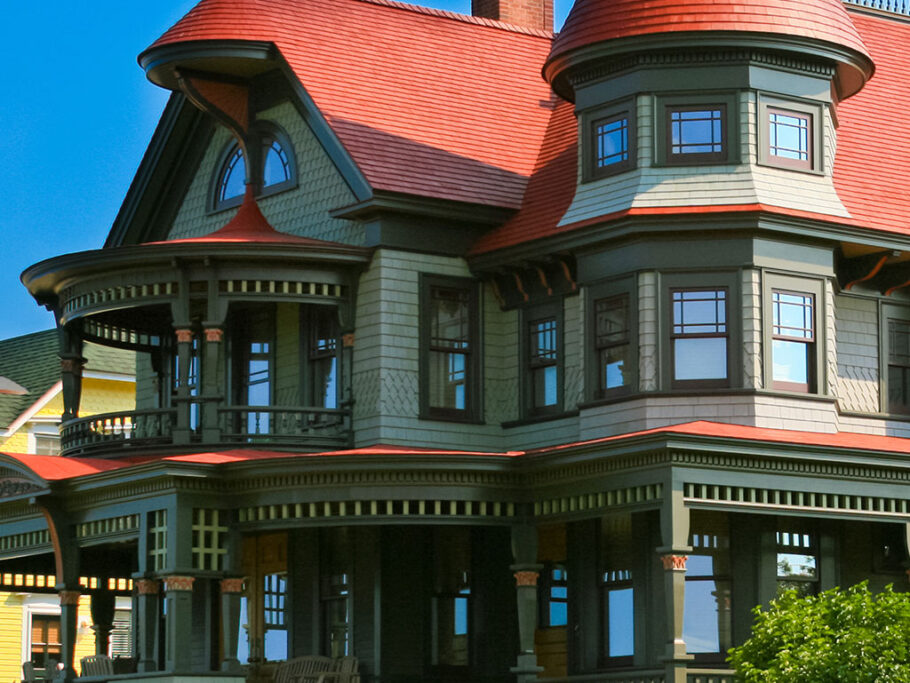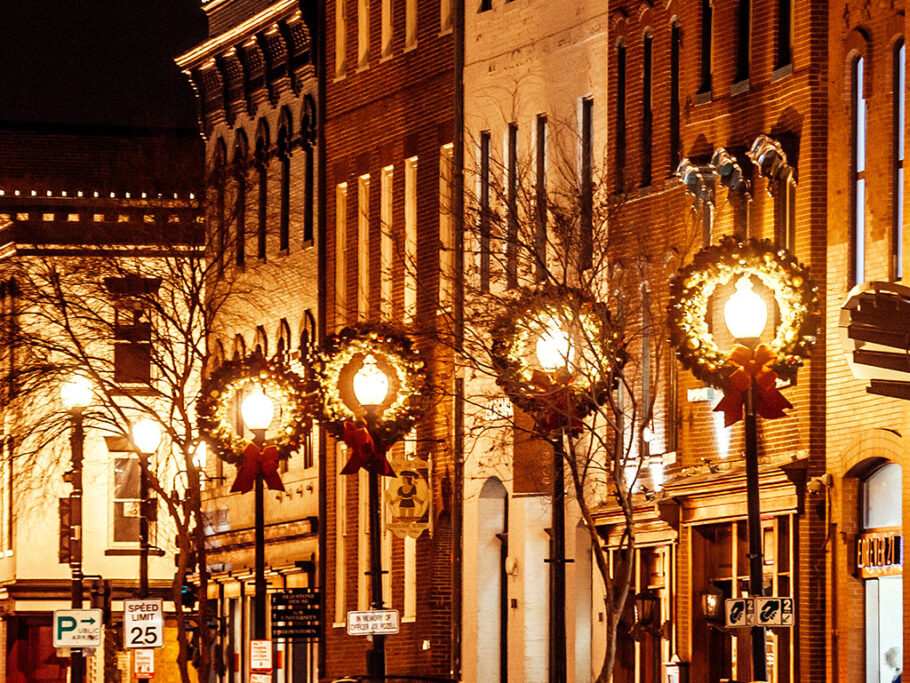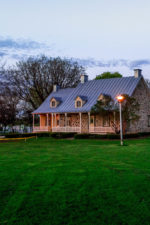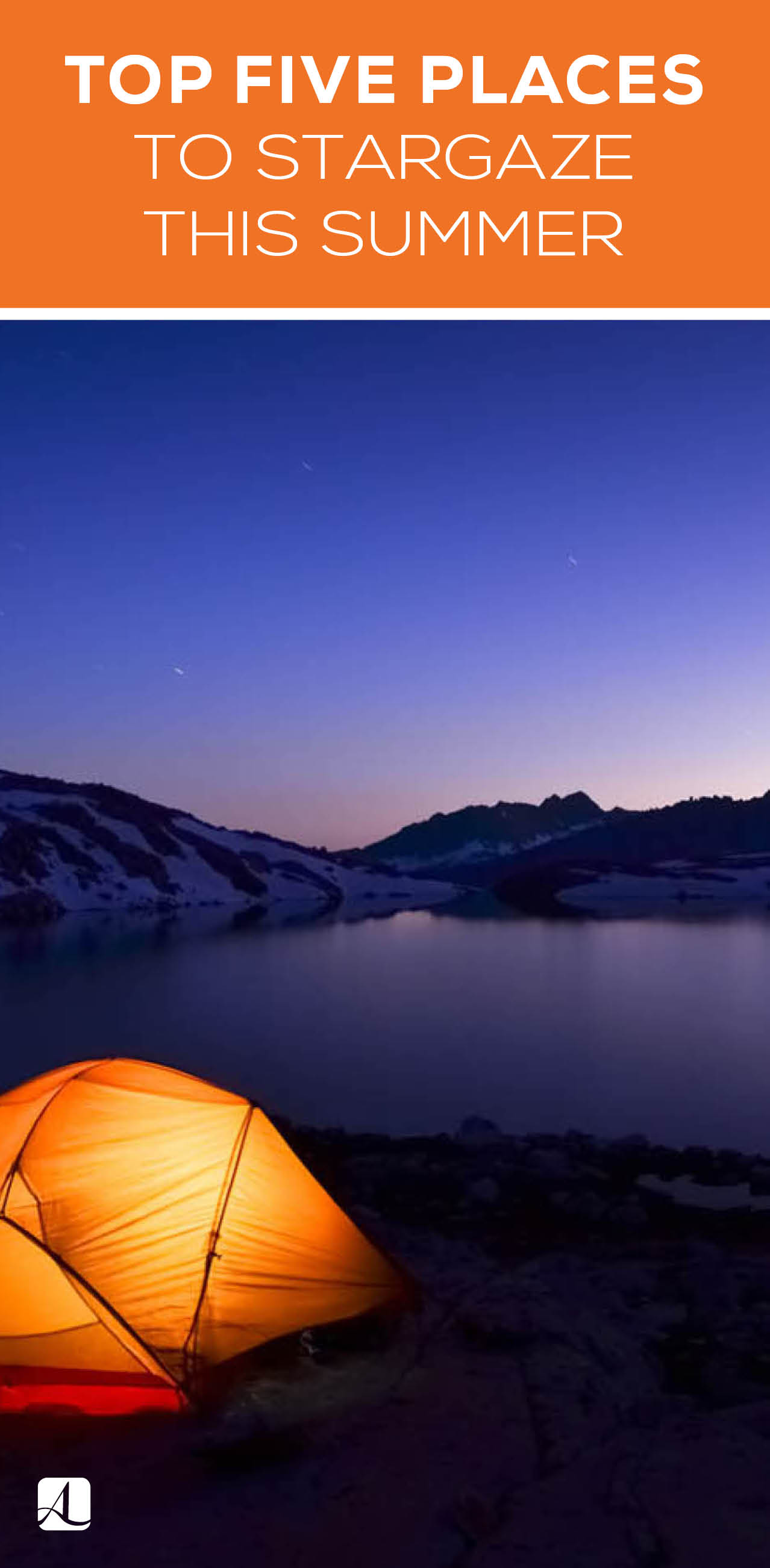Summer Stargazing Tips
Thanks to light pollution, it’s hard to gaze up at the starry sky without an obstructed view. However, there a few remote locations throughout the country that can help you experience (without a telescope) the true brilliance—constellations and satellites—of the nighttime sky.
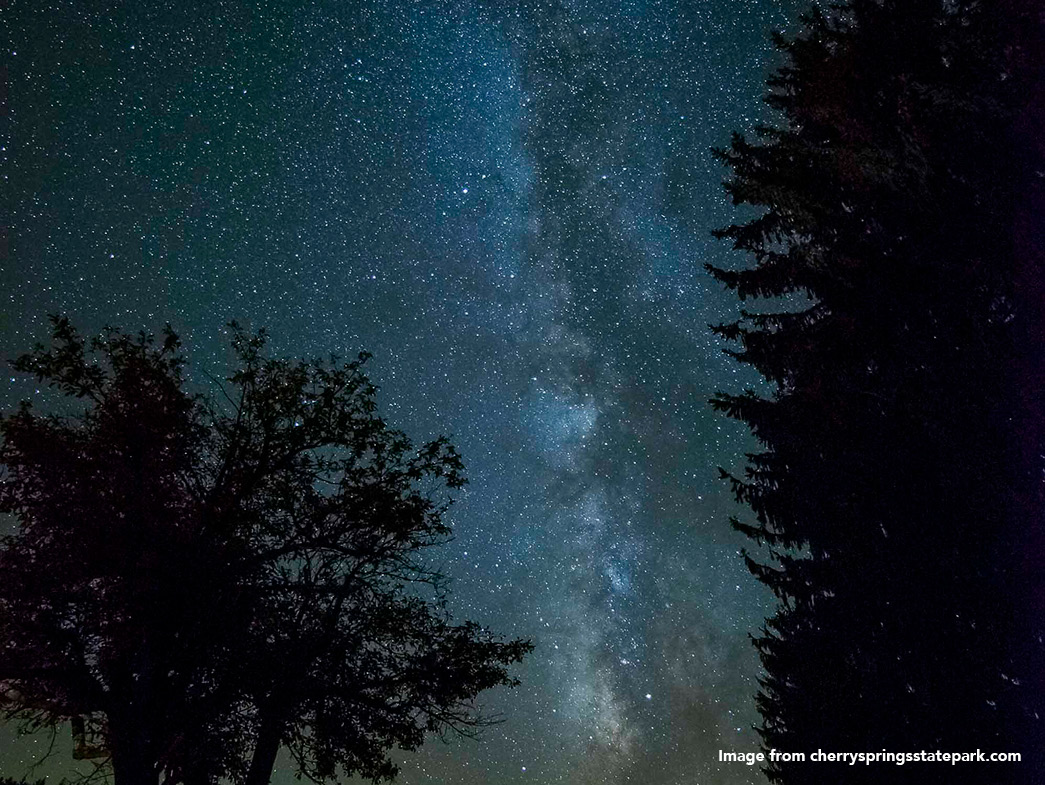
Cherry Springs State Park, Pennsylvania
Noted as one of the darkest spots east of the Mississippi, this state park in western Pennsylvania is a perfect spot to stargaze. Despite its close proximity to urban areas, the 82-acre park sits atop a hill, offering you a 360-degree view of the night sky.
TIP: No entry fee is required.

The Headlands Park, Michigan
The Midwest is known for its large, open skies, and this location doesn’t disappoint. This 550-acre park sits on the shores of the Straits of Mackinac, at the tip of Michigan’s Lower Peninsula, and provides a great opportunity to stargaze over the water.
TIP: No entry fee is required.
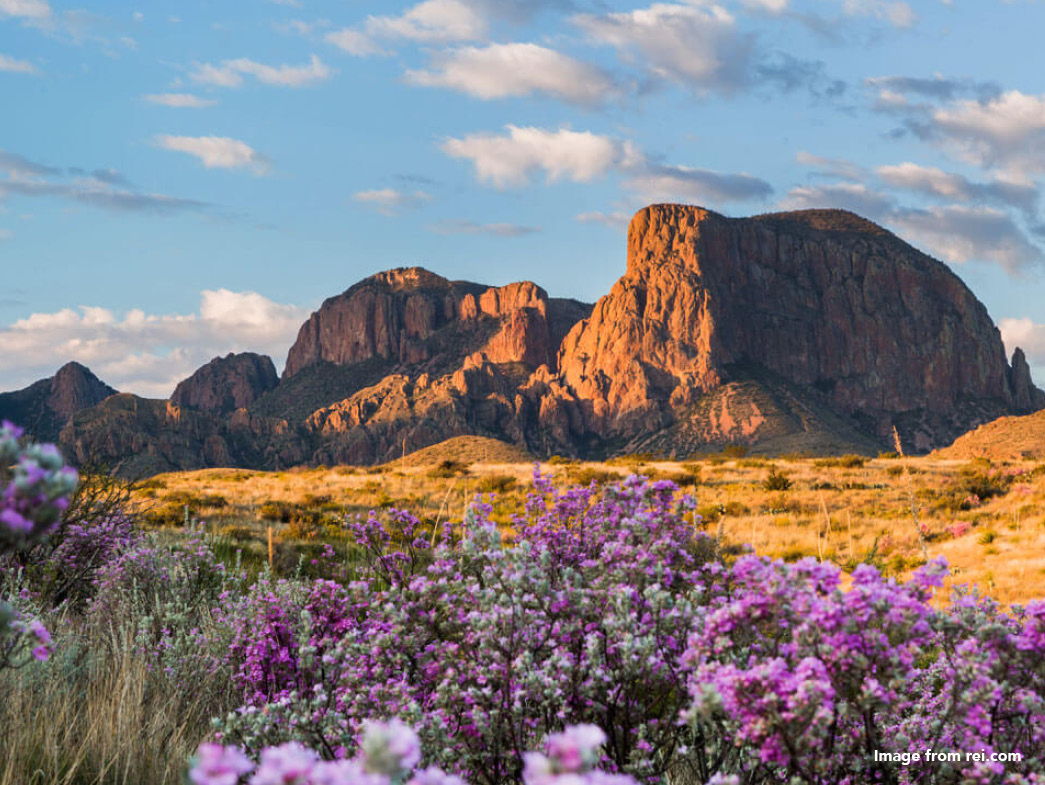
Big Bend National Park, Texas
This park in southwest Texas is located along the Mexican border and claims its skies are “dark as coal.” Thanks to its remote location and infrequent cloud cover, its skies are almost always full of twinkling stars.
TIP: An entrance fee of $40 is required.
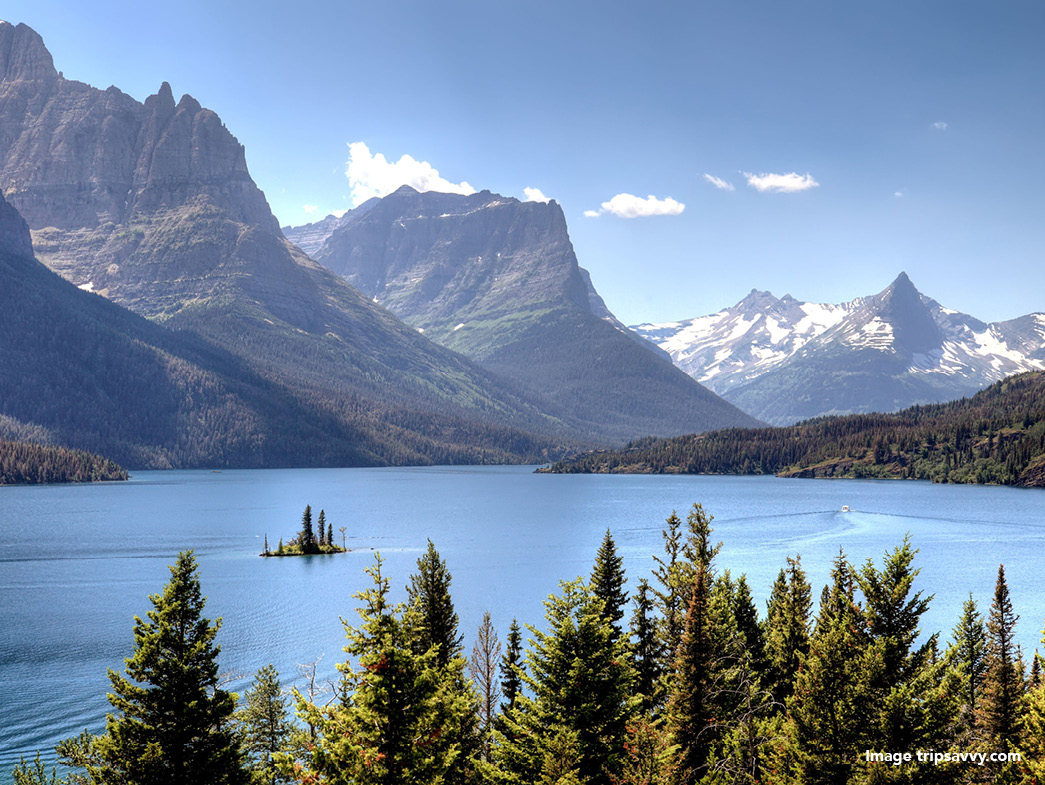
Glacier National Park, Montana
Not only is this popular national park home to a variety of wildlife, it also boasts clear, large nighttime skies. Due to its uninhabited location and little development, you’re able to stargaze throughout the summer.
TIP: An entrance fee of $12–$25 is required.
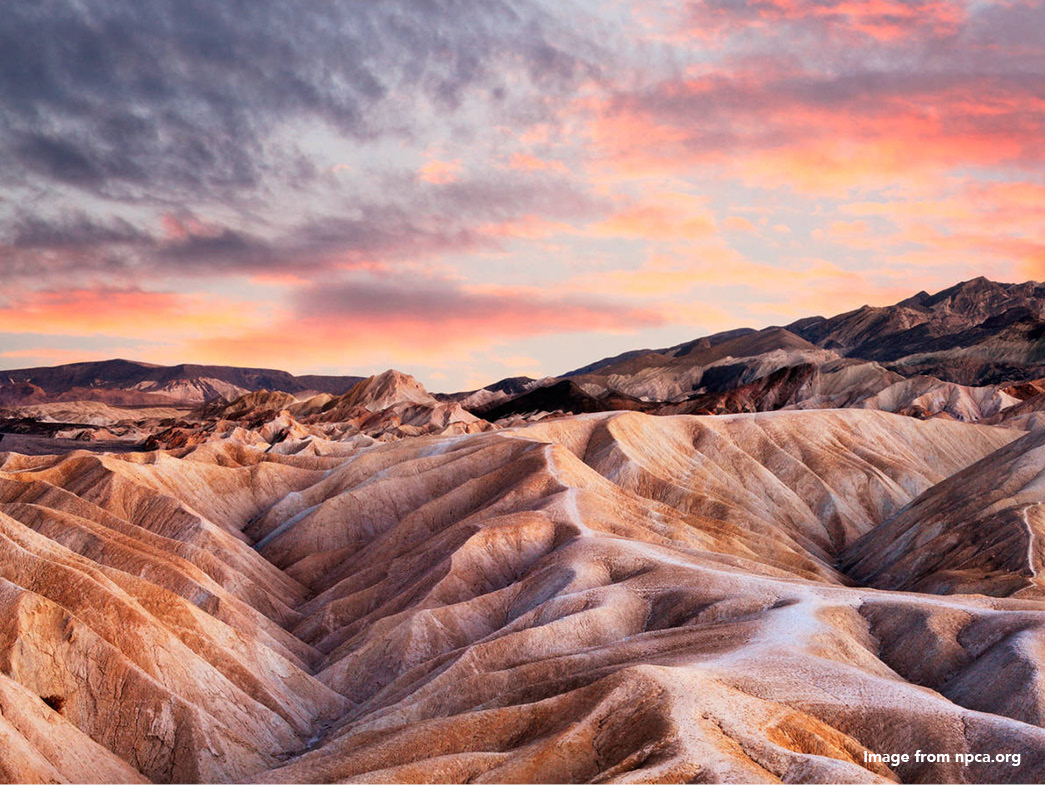
Death Valley National Park, California
If you’re familiar with national parks, Death Valley is a must-see. This park located in the desert of California has extremely dark skies. Its natural darkness, coupled with the actions of the National Park Service to reduce excessive outdoor lighting, makes it an ideal stargazing location.
TIP: An entrance fee of $20–$25 is required.







